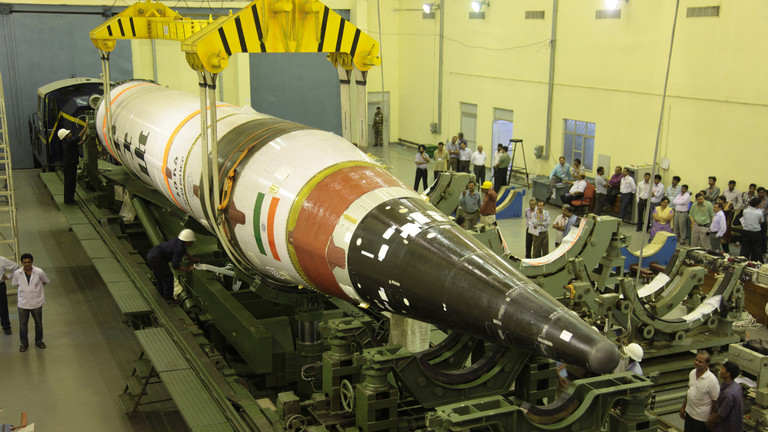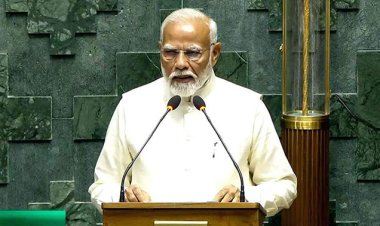With an eye toward China, India is increasing its nuclear arsenal - report
Both New Delhi and Beijing increased their number of nuclear missiles last year, according to SIPRI

Beijing and New Delhi are both enhancing their capacities, as per the most recent SIPRI data.
India increased the size of its nuclear arsenal in 2023, putting special attention on creating warheads that could hit targets in China, a neighboring country, according to an annual assessment released on Monday by the Stockholm International Peace Research Institute (SIPRI).
According to the think tank, India is estimated to have increased its number of nuclear missiles from 164 to 172, surpassing Pakistan, the third major nuclear power in the region, which has 170 nuclear warheads. China, at the same time, has increased its atomic arsenal significantly during the same period, from 410 warheads in January 2023 to 500 in January 2024.
“While Pakistan remains the main focus of India’s nuclear deterrent, India appears to be placing growing emphasis on longer-range weapons, including those capable of reaching targets throughout China,” SIPRI noted.
Last year, India conducted the first test flight of the 5,000km range nuclear-capable Agni-5 missile equipped with Multiple Independently Targetable Re-entry Vehicle (MIRV) technology, meaning warheads can be directed from a single missile at enemy targets thousands of kilometers apart.
‘Pralay’, a surface-to-surface short-range missile similar to Russia’s ‘Iskander’, is also being readied for deployment along disputed borders with China and Pakistan, reports suggested last year.
Hans M Kristensen, associate senior fellow with SIPRI’s Weapons of Mass Destruction Program, noted that China is expanding its nuclear arsenal “faster than any other country.” Moreover, the reported stated that Beijing could have at least as many intercontinental ballistic missiles (ICBMs) as either Russia or the US by the turn of the decade.
Meanwhile, Russia (4,380) and the US (3,708) remain far ahead of any other country in terms of nuclear arsenals, possessing almost 90% of all such weapons, according to SIPRI.
The Indian nuclear program’s growing focus on China comes amid heightened tensions between Beijing and New Delhi, primarily over border disputes.
The two neighbors share a vaguely defined 3,440km (2,100-mile) border called the Line of Actual Control (LAC) in the Himalayan region, where numerous skirmishes have occurred over the years. Tensions flared in June 2020, after troops clashed in the disputed Galwan Valley, resulting in casualties on both sides.
Despite both countries making efforts to de-escalate and disengage, several friction points remain. The two sides have also held dozens of talks since the Galwan incident, without any indication of a clear breakthrough.
Indian Prime Minister Narendra Modi, stressed in a recent interview that New Delhi and Beijing must “urgently address” border disputes and resolve the “abnormality” in their bilateral ties.
Indian Foreign Minister Subrahmanyam Jaishankar stressed that New Delhi's focus is on "finding a solution for the border issues that still continue" after the Modi-led National Democratic Alliance (NDA) bloc won the recently concluded elections and formed the new coalition government earlier this month. Later, the Chinese Embassy in New Delhi declared that Beijing is open to cooperating with Delhi to strengthen ties.





















